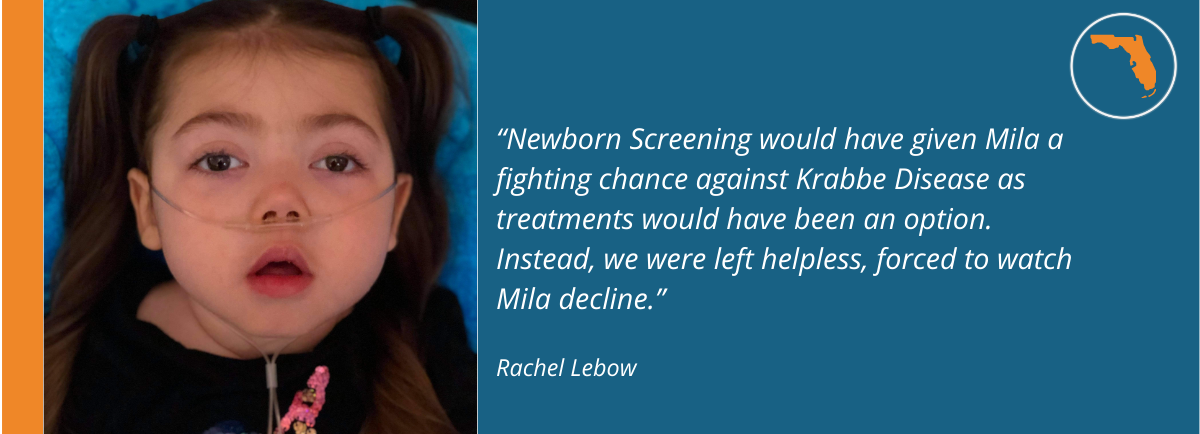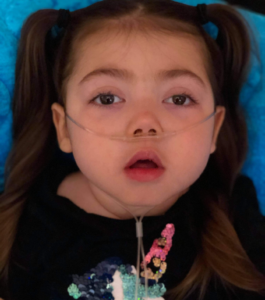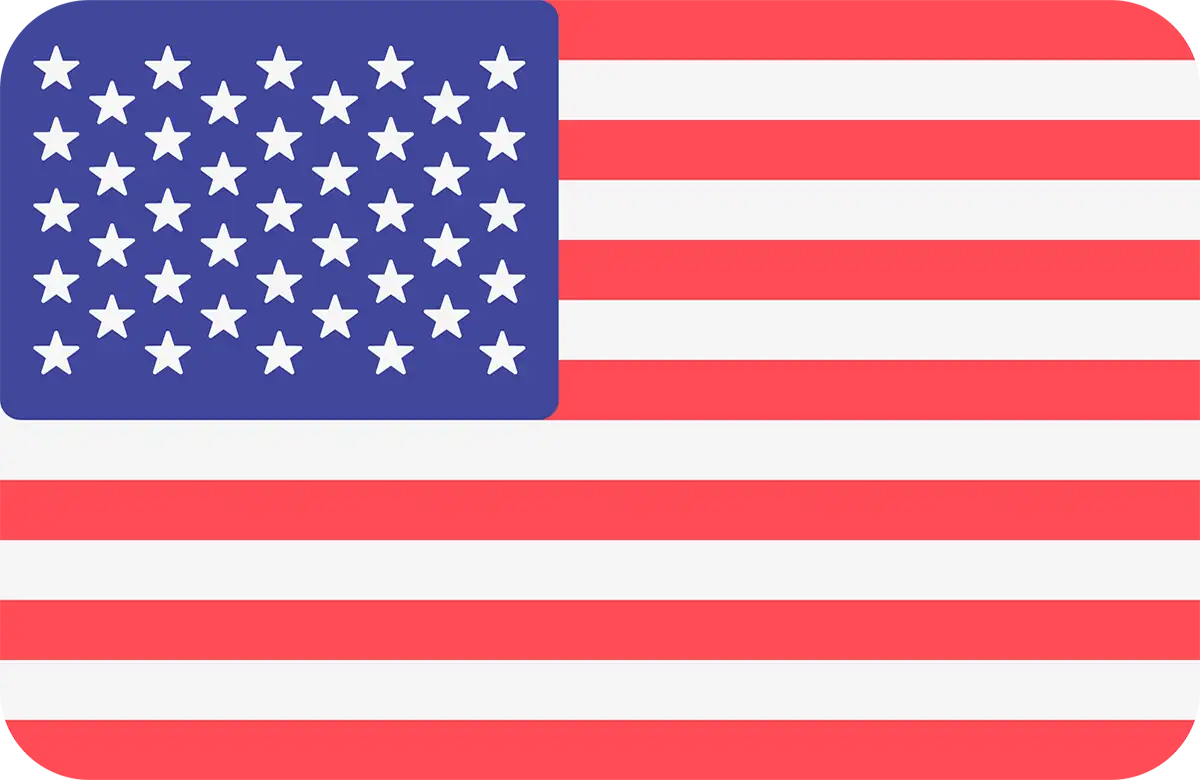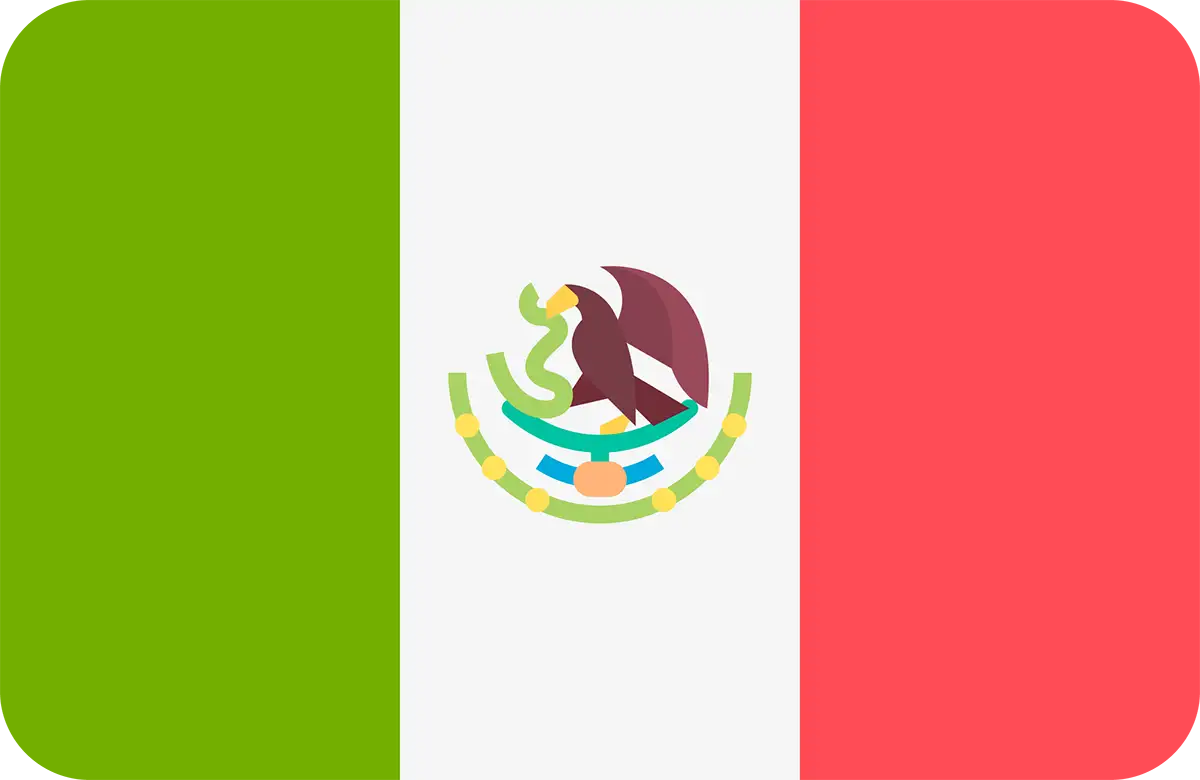DOWNLOAD STATE FACT SHEET AS PDF

In 2020, there were 209,671 live births in Florida2 There are 57 conditions on the Florida Newborn Screening Panel3
All babies in the United States are screened for several conditions shortly after birth. Approximately 24-48 hours after a baby is born in the United States, the heel is pricked by a nurse to collect a small sample of blood. Afterward, the nurse puts a series of blood drops onto a filter paper to create several “dried blood spots.” Next, the newborn screening card is sent to the state laboratory for analysis. Florida is a RUSP state. This means conditions approved for the Recommended Uniform Screening Panel by a federal child health and welfare committee called the ACHDNC are added to Florida’s state newborn screening panel. No grassroots efforts are currently in motion for Krabbe disease NBS in Florida.
What is Krabbe Disease?
Krabbe disease (pronounced krab A), is a rare genetic disorder, also known as globoid cell leukodystrophy. In the United States, Krabbe disease has been reported to affect approximately 1 in 100,000 individuals. Infantile Krabbe disease is the most common and severe form causing infants to lose the ability to eat, extreme irritability, inability to sit up, grasp objects, blindness, and seizures. Sadly, infants die within the first 2-3 years of life in states that do not test for Krabbe disease. We invite you to learn more at Understanding Krabbe Disease.
Why Screen for Krabbe Disease?
Krabbe disease is a severe neurodegenerative and rapidly progressing condition requiring immediate treatment for the most severe forms. Mila was diagnosed with an early onset form of Krabbe disease at 11 months of age. This form, known as infantile Krabbe disease, requires treatment within the first 30-45 days of life. If Mila was identified at birth with Krabbe disease, Mila could have undergone a stem cell transplant. Due to his delayed diagnosis palliative and supportive care were her only means of treatment. Download Florida Fact Sheet
Krabbe Disease Hero: Mila Lebow

See all our Krabbe Disease Heroes.
Mila was born in September 2017 to parents Rachel and Wes in Virginia; however, she now resides in the Sunshine State known as Florida. After a few months, they began to suspect that Mila might have some developmental delays and began to pursue answers. The answers that came were completely unexpected: eleven-month-old Mila had Krabbe Disease. The news was delivered in person by a pediatric neurologist and a neurology nurse practitioner who tried to answer their many questions as Rachel and Wes struggled to accept this new reality with tears running down their faces. The Lebows had never heard of Krabbe disease or Leukodystrophy until that very moment, and they knew that their life had just changed forever.
Today, Mila loves to be in the water to swim or bathe. She loves to be held, read and sung to, and do activities with her brother and other children. Mila is a typical five-year-old girl with a love for princesses, Minnie Mouse, Daisy Duck, the colors pink and purple, Disney songs, and Bluey. She strongly dislikes slimy feeling things
and finger paint on her hands.
The Lebows are strongly in favor of Krabbe disease newborn screening nationwide. If Mila was born in one of the 10 states currently testing for Krabbe disease, her life would look so much different.
Resources
- The Leukodystrophy Newborn Screening Action Network is dedicated to advancing newborn screening for leukodystrophies and lysosomal storage disorders, supporting newly-diagnosed families, and ensuring collaboration between all stakeholders. Learn more at https://ldnbs.org/.
- CDC offers funding and assistance through the Newborn Screening Quality Assurance Program (NSQAP). More information can be found at https://www.cdc.gov/labstandards/nsqap.html.
- Baby’s First Test provides funding opportunities through grants. Learn more at https://www.babysfirsttest.org/newborn-screening/funding-opportunities.
- American Public Health Laboratories NewSTEPS program provides data, technical assistance, and training. Details at https://www.newsteps.org/.
- KrabbeConnect offers patient support services to help families navigate the burden of Krabbe disease. Learn more at https://krabbeconnect.org/.
- Hunter’s Hope Foundation is a non-profit organization committed to giving hope through education, awareness, research, and family care for all leukodystrophies. Learn more at https://www.huntershope.org/.
Citations
- Wenger DA. Krabbe Disease. 2000 Jun 19 [Updated 2011 Mar 31]. In: Pagon RA, Adam MP, Ardinger HH, et al., editors. GeneReviews® [Internet]. Seattle (WA): University of Washington, Seattle; 1993-2017.
- “Fertility Rate: Florida, 2010-2020.” March of Dimes | PeriStats, https://www.marchofdimes.org/peristats/data?reg=99&top=2&stop=1&lev=1&slev=4&obj=1&sreg=12. Accessed 22 Sep. 2022.
- “Florida | Baby’s First Test | Newborn Screening | Baby Health.” Babysfirsttest.org, 2015, https://www.babysfirsttest.org/newborn-screening/states/florida. Accessed 22 Sept. 2022.
All information in this fact sheet is based on data available before September 22, 2022.


